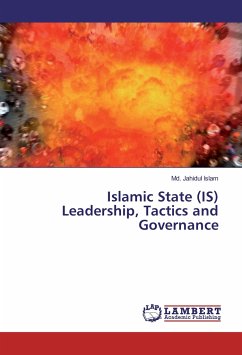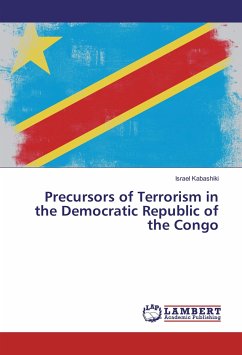
Pakistan's Counterinsurgency Operations: A case study of Swat
Versandkostenfrei!
Versandfertig in 6-10 Tagen
24,99 €
inkl. MwSt.

PAYBACK Punkte
12 °P sammeln!
This study analyses why the counterinsurgency operation Rah-i-Rast was successful whereas the previous operations failed to counter the Taliban insurgency in Swat. The study argues that the previous initiatives failed due to various factors including Pakistan army's lack of comprehensive counterinsurgency model, weak political will and public support, and states negligence. Also, the initial counterinsurgency policies were ad-hoc in nature fluctuating between military operations and peace deals. After continuous failure, the military revisited its approach to counterinsurgency in the operation...
This study analyses why the counterinsurgency operation Rah-i-Rast was successful whereas the previous operations failed to counter the Taliban insurgency in Swat. The study argues that the previous initiatives failed due to various factors including Pakistan army's lack of comprehensive counterinsurgency model, weak political will and public support, and states negligence. Also, the initial counterinsurgency policies were ad-hoc in nature fluctuating between military operations and peace deals. After continuous failure, the military revisited its approach to counterinsurgency in the operation Rah-i-Rast which became a successful counterinsurgency model against Taliban insurgency in the country. The security forces learnt from their past experiences and developed a pragmatic counterinsurgency model: 'clear, hold, build, and transfer.' The military also adopted the population-centric approach to provide security to the local people. Additionally, operation Rah-i-Rast was a test case for civilian government and military to seek for a sustainable solution combating the TTP insurgency in the north-west of Pakistan.












